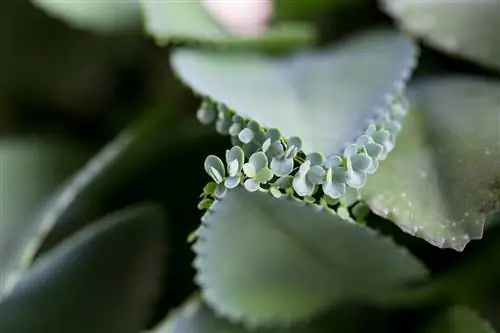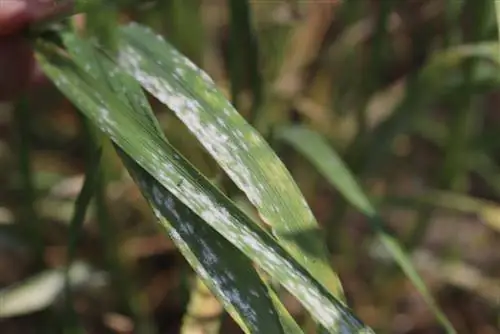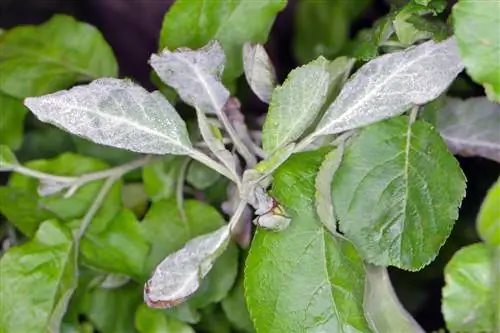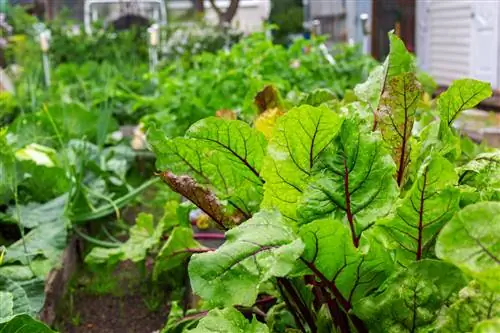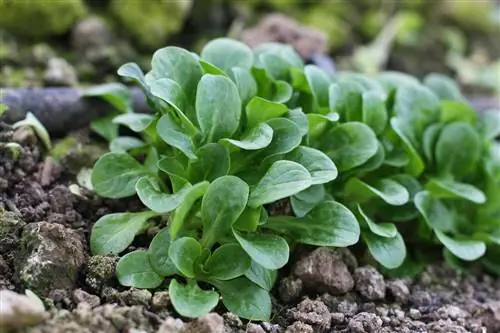- Author admin [email protected].
- Public 2023-12-16 16:46.
- Last modified 2025-01-23 11:22.
Kalanchoe are very popular as houseplants in Germany because of their winter blooms. Particularly well-known is Kalanchoe blossfeldiana from Madagascar, which we also call Flaming Kat. Although the succulent is very robust, mildew fungi can occur in unfavorable conditions.
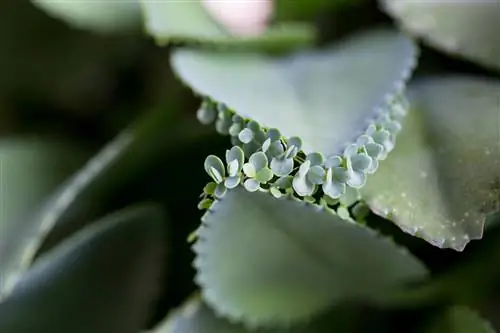
How do I recognize powdery mildew on Kalanchoe?
You can recognize powdery mildew on Kalanchoe when, in addition to the typical whitish coating,dry and curled spots appear on the leaves. Some succulents of this type form a protective white coating that looks similar to mildew.
What causes powdery mildew on Kalanchoe?
Mildew on your Kalanchoe is mainly favored byheat and dryness and is therefore also called fair-weather fungus. Do not place your succulent in direct midday sun. Distribute the irrigation water only on the soil and not on the leaves. Do not keep the plant too wet, as this will damage the roots and therefore the entire plant. At the same time, this can promote downy mildew. This is shown by dark spots on the upper side of the leaf and a fungal lawn on the underside.
How do I treat powdery mildew on Kalanchoe?
Immediate action for mildew on succulents is to carefully remove all affected parts of the plant. To do this, use a sharp knife or secateurs that you disinfect before and after work. It is best to dispose of the leftovers in the household waste, as mildew is very contagious.
Tip
Wipe leaves preventatively
After you have removed the affected parts of the plant, you should also treat the other leaves. With field horsetail tea or garlic decoction you can fight fungal spores before the disease breaks out further. To do this, wipe the leaves with these products using a damp cloth.

